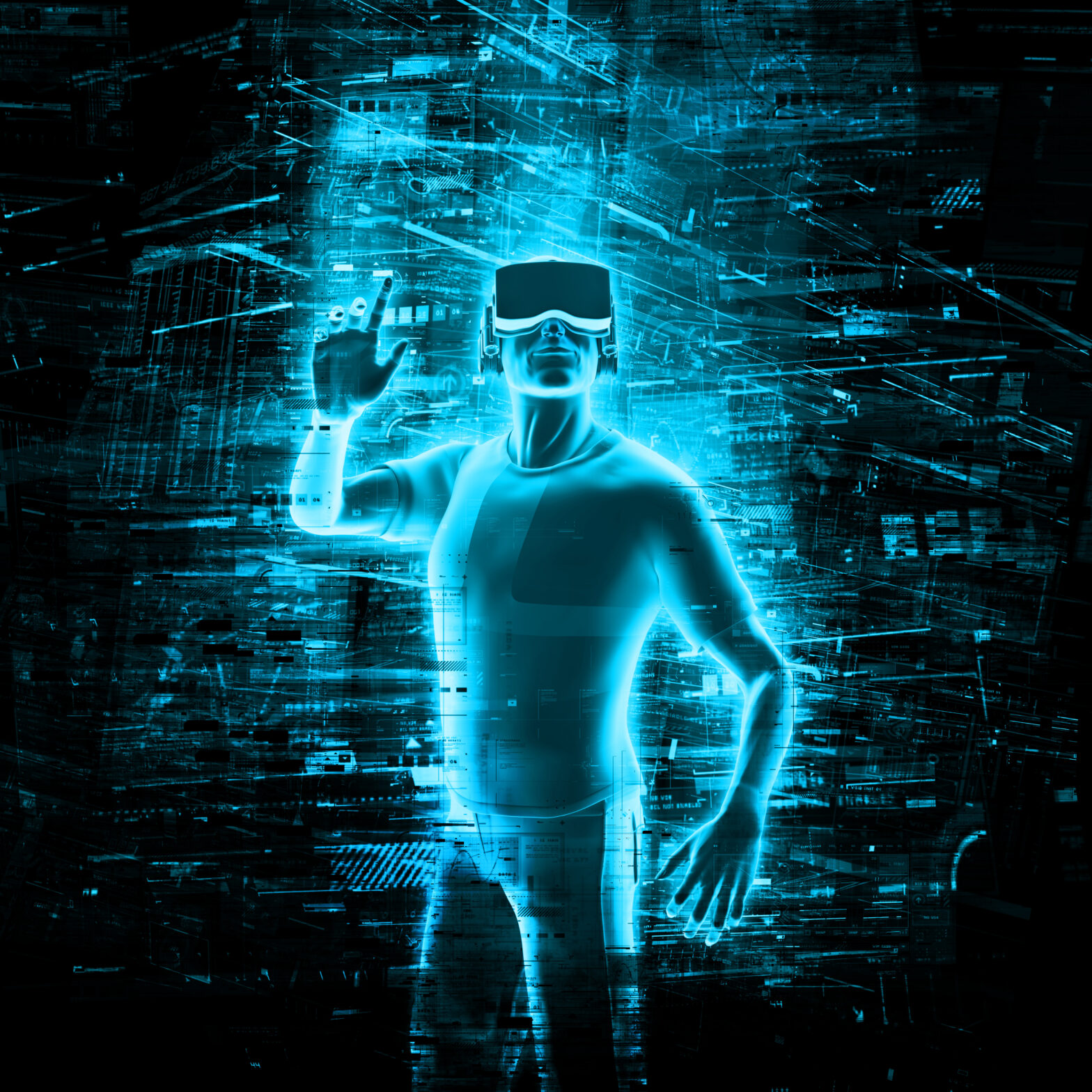Augmented reality – AR – is described by Total Immersion – virtual try-on and augmented reality solutions – as the “integration of digital information with live video and the user’s environment in real time. It recognizes a visual picture or film, blends new information, and displays the virtual result. All of this takes place in real time, producing extraordinary experiences”.
In recent weeks the implications of AR on the mobile gaming industry have been hard to ignore.
In its first week Pokemon Go had been installed on 5.16% of all android phones in the US, according to SimilarWeb, an app analytics firm.
That is significantly more installs than Tinder.
Nintendo owns 33% of Pokemon Go and since the game’s release its share price rocketed by 25%. The stock has since dropped, but its impact should not be underestimated.
>See also: 5 ways augmented reality wearables will develop in the near future
But what other applications does AR have?
Well, simply, it will energise and transform commerce and marketing. Customers, eventually, will be able to try on an item of clothing, feel a handbag (etc.) before purchasing.
The consumer process will be transformed into a virtual world with real world profits. Customer engagement, and virtual marketing will be revolutionised.
Other applications for AR include advances in medical, military and educational sectors.
>See also: The business of virtual reality
Of course there are issues and certain ethical dilemmas that arise from the use of AR.
All ready, we have seen issues of privacy and safety with Pokemon Go, and these real world problems will become more prevalent with the increased use of AR in society.







